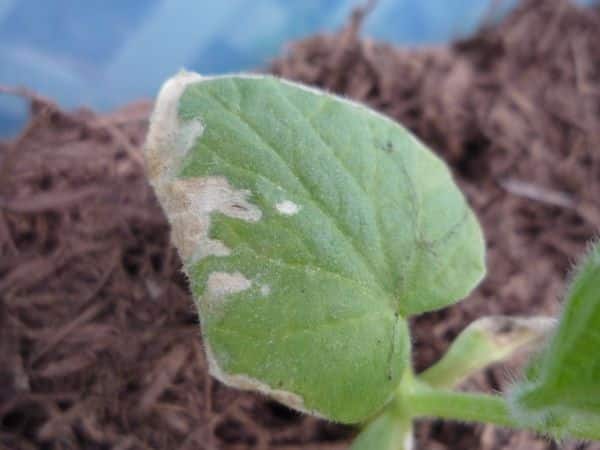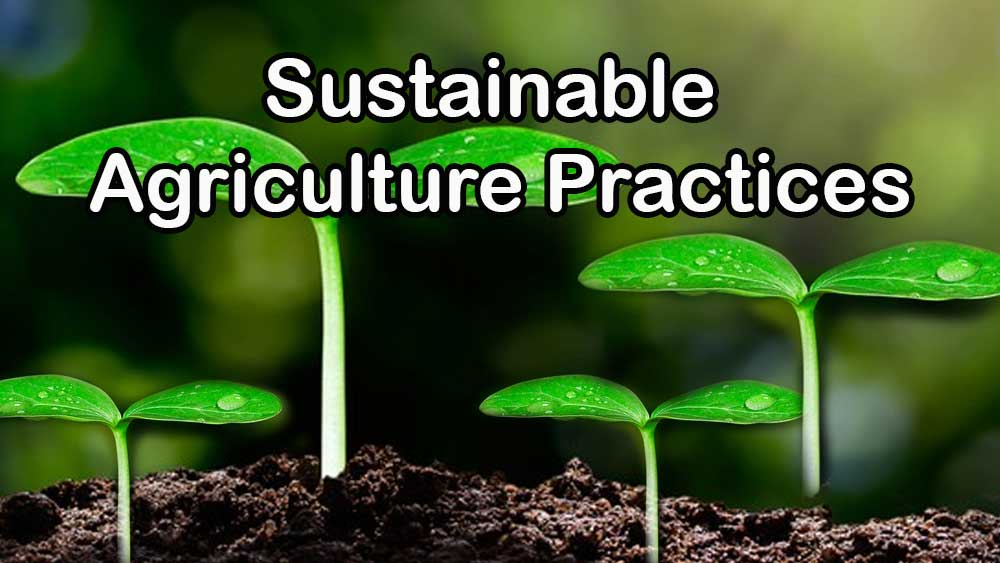Fertilizers play a pivotal role in enhancing plant growth and agricultural productivity. However, the practice of over-fertilization, often overlooked, can lead to a host of environmental, economic, and health-related issues. As the pursuit of greener pastures intensifies, it’s crucial to shed light on the risks that excess nutrients pose. This article delves into the under-acknowledged perils of over-fertilization, revealing why more is not always better and how sustainable practices can prevent potential harm.
Contents
- 1 Understanding Fertilizers and Their Role
- 2 The Environmental Impact of Over-fertilization
- 3 Economic Consequences for Farmers and Growers
- 4 Health Risks Posed by Over-fertilization
- 5 The Overlooked Factor: Plant Stress and Disease
- 6 Signs of Over-fertilization to Watch For
- 7 Best Practices for Responsible Fertilization
- 8 The Way Forward: Sustainable Agriculture
- 9 The Bottom Line
Understanding Fertilizers and Their Role
Fertilizers are compounds that supply nutrients necessary for plant growth, often containing a blend of nitrogen, phosphorus, and potassium. They are crucial in agricultural production, but there’s a thin line between sufficient nourishment and nutrient excess. Plants can only absorb a certain amount of fertilizer; beyond that, the surplus can cause a cascade of issues, from altering soil pH to disrupting the natural microbial ecosystem.
The role of fertilizers cannot be overstated; they replenish soil nutrients and ensure high yields. However, when applied inappropriately, they can do more harm than good. It’s imperative to understand the balance required for various crops and soil types. The misconception that more fertilizer means better growth leads to over-application, which is counterproductive and hazardous.
The Environmental Impact of Over-fertilization
Over-fertilization significantly impacts the environment, starting with the soil. An excess of nutrients can lead to soil degradation, making land less fertile. When the delicate balance of soil nutrients is disturbed, the long-term productivity of the soil is compromised, leading to an unsustainable farming future.
The repercussions extend to water systems through runoff and leaching. Excess nutrients from fertilizers enter nearby waterways, causing an overgrowth of algae in a process known as eutrophication. This overgrowth depletes oxygen in the water, harming aquatic life and disrupting ecosystems. The implications for biodiversity are dire, with long-lasting effects on natural habitats and the animals that depend on them.
Economic Consequences for Farmers and Growers
The financial implications of over-fertilization for farmers and growers are profound. Initially, there’s an increased cost for the excessive amounts of fertilizer used. This input does not necessarily equate to higher yields and can often result in diminishing returns due to the potential damage caused to the crops and soil.
Moreover, the economic impact of degrading soil fertility means that future crop yields can be compromised, necessitating even more investment to restore soil health. Farmers may face additional costs due to regulatory measures imposed to protect the environment, including fines and the cost of remediation activities. These economic strains can be particularly challenging for small-scale farmers, for whom such expenses can be crippling.
Health Risks Posed by Over-fertilization
The health risks of over-fertilization are an alarming concern. Nitrate contamination in groundwater due to over-fertilization can lead to severe health problems when this contaminated water is used for drinking or irrigation. Methemoglobinemia, commonly known as blue baby syndrome, is one such condition that can occur in infants consuming nitrate-contaminated water.
Additionally, the overuse of fertilizers can lead to the accumulation of heavy metals in the soil, which can be taken up by plants and enter the food chain. This bioaccumulation poses significant risks to human health, including chronic diseases and developmental issues. These risks highlight the need for stringent regulation and monitoring of fertilizer use to protect public health.
The Overlooked Factor: Plant Stress and Disease
Over-fertilization can lead to plant stress, manifesting as stunted growth, leaf burn, or even death. Plants are equipped to absorb nutrients within a specific range; beyond this, the osmotic balance can be disrupted, leading to an inability to absorb water—effectively causing the plants to starve in a sea of nutrients.
This stress also leaves plants more susceptible to diseases and pest infestations. The weakened plants are less able to fend off attackers and are more likely to succumb to diseases that healthy plants would normally resist. As a result, over-fertilization inadvertently diminishes plant health and crop yields, contrary to the intention of using fertilizers.
Signs of Over-fertilization to Watch For
Detecting over-fertilization requires vigilance. Indicators include the buildup of a white crust of fertilizer on the soil surface, yellowing and wilting of lower plant leaves, and brown edges on leaves. These symptoms, however, can be easily mistaken for other plant problems, such as diseases or inadequate watering.
Growers must monitor soil nutrient levels through regular testing, which can prevent over-fertilization. This awareness allows for the adjustment of fertilization practices, safeguarding against the application of unnecessary and harmful excess nutrients.
Best Practices for Responsible Fertilization
Responsible fertilization involves understanding the specific nutrient needs of plants and the existing soil nutrient levels. Utilizing soil tests can guide the formulation of a nutrient management plan, ensuring that plants receive the optimal amount of fertilizer. Additionally, incorporating organic fertilizers and slow-release nutrients can help mitigate the risks of over-fertilization.
Techniques such as crop rotation, intercropping, and cover crops can also improve soil health and reduce the need for chemical fertilizers. These practices contribute to the ecological balance, preventing the leaching of nutrients and promoting sustainable agriculture.
The Way Forward: Sustainable Agriculture
Embracing sustainable agriculture practices is the way forward in preventing over-fertilization. This approach includes the integration of plant, animal, and soil sciences to optimize crop production, enhance environmental quality, and conserve resources. Advancements in technology, such as precision farming, can ensure the accurate application of fertilizers, reducing waste and environmental impact.
Educating farmers and the public about the benefits of sustainable practices is also paramount. Knowledge dissemination can lead to the widespread adoption of eco-friendly farming techniques, reducing the dependency on chemical fertilizers and promoting the overall health of the ecosystem.
The Bottom Line
Over-fertilization is a pressing issue with far-reaching consequences that can undermine the very essence of agricultural productivity and environmental sustainability. Through vigilant monitoring, responsible fertilization practices, and a commitment to sustainable agriculture, these hidden dangers can be mitigated. It is incumbent upon everyone involved, from individual gardeners to large-scale farmers, to recognize the critical balance required in fertilizer use and act to safeguard the health of our planet and its inhabitants.







